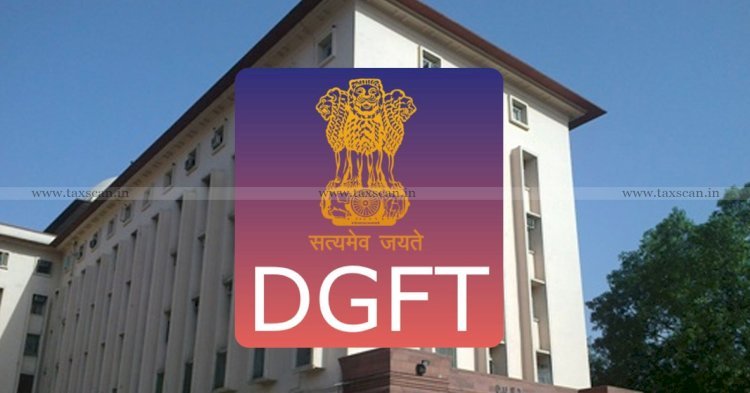A Guide to Registering on the DGFT Portal

The Directorate General of Foreign Trade (DGFT) plays a crucial role in regulating and facilitating foreign trade in India. For any business involved in import and export activities, registering on the DGFT Portal is an essential step. This guide provides an overview of the registration process and important details that will make it easier to navigate the portal efficiently.
What is DGFT?
The DGFT full form is the Directorate General of Foreign Trade. It is an agency of the Ministry of Commerce and Industry, Government of India, responsible for implementing the country's foreign trade policies. The DGFT regulates and promotes export and import in India, providing licenses and benefits to exporters and importers.
Why Register on the DGFT Portal?
Before exploring the steps for registration, let’s understand why it is important to register on the DGFT Portal:
- Access to Export/Import Licenses: Registration is mandatory for obtaining Importer Exporter Code (IEC), which is crucial for conducting foreign trade.
- Utilizing Trade Benefits: The portal enables users to apply for licenses, schemes, and benefits associated with foreign trade policies.
- Easy Online Applications: Registering allows businesses to complete and track applications conveniently online.
Prerequisites for Registering on the DGFT Portal
To make the registration process smooth, you will need:
- A valid PAN number of the business entity.
- Bank details for linking and verification.
- A valid email address and phone number.
- Digital signature or Aadhaar-based e-signature for authentication.
Step-by-Step Guide to Register on the DGFT Portal
Step 1: Create a New User Account
- Click on "Register" to create a new user account.
- Fill in the required details, including:
- User Type (e.g., Importer/Exporter)
- PAN Number
- Name of the business or proprietor
- Email ID and mobile number
- Verify the email and phone number using the OTP sent to your registered contact details.
Step 2: Set a Secure Password
After verifying your contact details, set a strong and secure password for your account. Make sure it is something memorable yet hard to guess to maintain the security of your business information.
Step 3: Complete Your Profile
- Once logged in, navigate to the "Profile" section.
- Enter additional information, such as:
- Address of the business
- Bank details (for financial transactions related to foreign trade)
- Director or proprietor details
- Upload the necessary documents, like a copy of PAN and digital signature.
Step 4: Linking Digital Signature Certificate (DSC) or Aadhaar
- You can either use a Digital Signature Certificate or an Aadhaar-based e-signature for verification.
- Ensure your DSC is registered and active before linking it to the portal.
Benefits of Being Registered on the DGFT Portal
Registering on the DGFT Portal brings numerous advantages:
- Simplified Trade Operations: From applying for an Importer Exporter Code (IEC) to managing export incentives, all tasks can be done seamlessly online.
- Access to Updates and Notifications: Stay informed about policy changes and updates related to foreign trade.
- Faster Processing of Applications: Registration speeds up the approval process for various licenses and schemes.
Common Challenges and Troubleshooting Tips
Difficulty in Receiving OTP
If you are not receiving the OTP for email or phone verification, ensure that your contact details are correctly entered. Check your spam/junk folder or contact your mobile service provider.
Issues with Digital Signature Certificate
Make sure that your DSC drivers are updated and compatible with your system. You may also need to enable the DSC utility from your browser settings for a smooth experience.
Conclusion
Registering on the DGFT Portal is a crucial step for any business engaged in import and export activities in India. By following the steps outlined in this guide, you can efficiently complete the registration process and leverage the benefits offered by the DGFT. Remember, understanding the DGFT full form and its functions can help you better navigate the complexities of foreign trade regulations.
What's Your Reaction?













